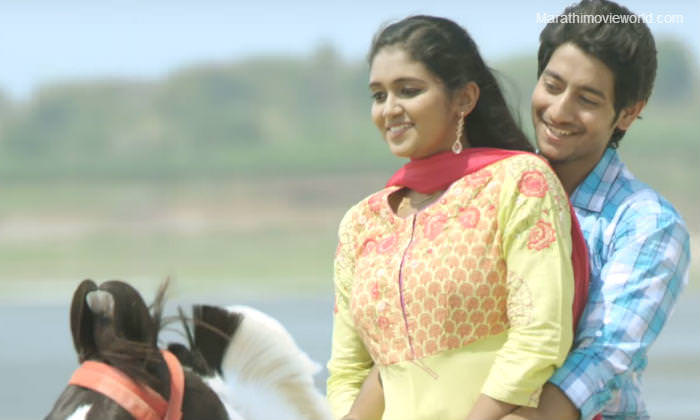Regressive social laws wield much more power over self-choice marriages/ love marriages today. Even few powerful politicians and educated parents do not dare to come out and demand action against ‘social killings’ of young people, and marriage outside one’s caste. Many young people who are trapped in the unbearable and restricted rules of love and marriage are manipulated by the society and system. The continuous violence against couples and unlawful existence of Khap Panchayat in hidden forms remains a challenging domain.
The recent Marathi film Sairat released on 29th April 2016, selected for 66th International Film festival of Berlin, is a free-spirited story of a couple whose love cannot transcend the boundaries of social hierarchies. This is an epic love story that takes a critical look at the structural reality of caste hierarchy. Sairat (passion, zeal) ,unlike other Marathi films that begin to run around in circles after a point, has quite differently portrayed the reality of two lovers who come from different social locations and their struggle in facing the outside world’s restriction on their love. Besides the love story the film makes a strong comment on the social structures of our society which reminds us of the killings of young couples due to violation of the principles of a community or a religion.
Nagraj’s film powerfully delineates the beautiful side of love and heinous reality of caste. In the first part of movie love blossoms between Archana and Parshya and a romantic chemistry is portrayed. The second half of the movie gives a radical departure from the first part where the rosy love story takes an ugly turn leading to a social drama. Their love is not accepted, but with the growing obstacle they face their relationship grows stronger. The woman, Archana (played by Rinku Rajguru) belongs to an affluent political family of the Patil (a Maratha landlord) in the village who is raised in all comforts. On the contrary the man, Parshya (played by Akash Thosar) belongs to a lower caste fisher community who helps his father catch the daily quota of fish.
Sairat breaks away the notions of traditional gender roles shown in typical Bollywood and Marathi films where the heroine is helpless and ultimately rescued by the hero in the end. The movie has described the rebel capabilities of a woman in a relationship to save her love. It has totally reversed the traditional gender role of a woman rooted in the mainstream cinema, especially in the Brahminical Marathi film industry. Sairat gives us a dashing woman who is fearless while staring at a guy till he gets uncomfortable, a woman who rides a Royal Enfield and drives a tractor, takes initiative by inviting the man for a few private moments and she is the one who professes her love while taking the lead. Here we have the heroine who rescues the hero from police detention, saves the hero from the goons by brandishing a gun, and shows her courage by eloping with the guy by playing a true cohort. The film breaks away from the onerous devise of patriarchy embedded in the mainstream cinema of our times which imitates the patriarchal notions and other social evils in our society.
After realization strikes the two that the society is uncomfortable with their unity they elope to explore the desired companionship. Thenceforth, the journey of Archna and Parshya takes a new turn. The film is important because of its social message and it has something to prove. People in love cannot leave behind their social baggage and walk into a relationship is the principal message the film delivers. While struggling to create their own world Archana gets a job at a bottling plant and Parshya makes small earnings working as a dosa vendor and mechanic in Hyderabad. They finally get married and have a child and save enough to buy a flat. In the end it seems that they were going to live like a happy couple forever. Well, this is not the end. One day her brother, who comes to visit her at her place with his men, kills Archana and Parshya in the end.
Sairat’s remarkable achievement is that it leaves us with a questioning mind. It gives you a test of violent realities of the killings of the youth who dared to love and transcend the social hierarchies. The film has obviously hurt the ‘caste ego’ of the dominant Maratha castes in Maharashtra which has resulted in casteist vilification of the film and its director on social networking websites. However, the film is doing well and has broken a few records in the Marathi film Industry. Today’s condition in our society as the film describes is far harsher and rigid in many unforeseen ways where young people attempt to escape it. Their attempts however come to a tragic end either by committing suicide or by the hegemonic Khap Panchayats. Sairat traces the links between the regressive social laws of the Indian society in the lives of men and women in love. In the end the film demands that we examine who the real culprit in the situation is – love or social hierarchies.
Featured Image Credit: Marathimovieworld.com




